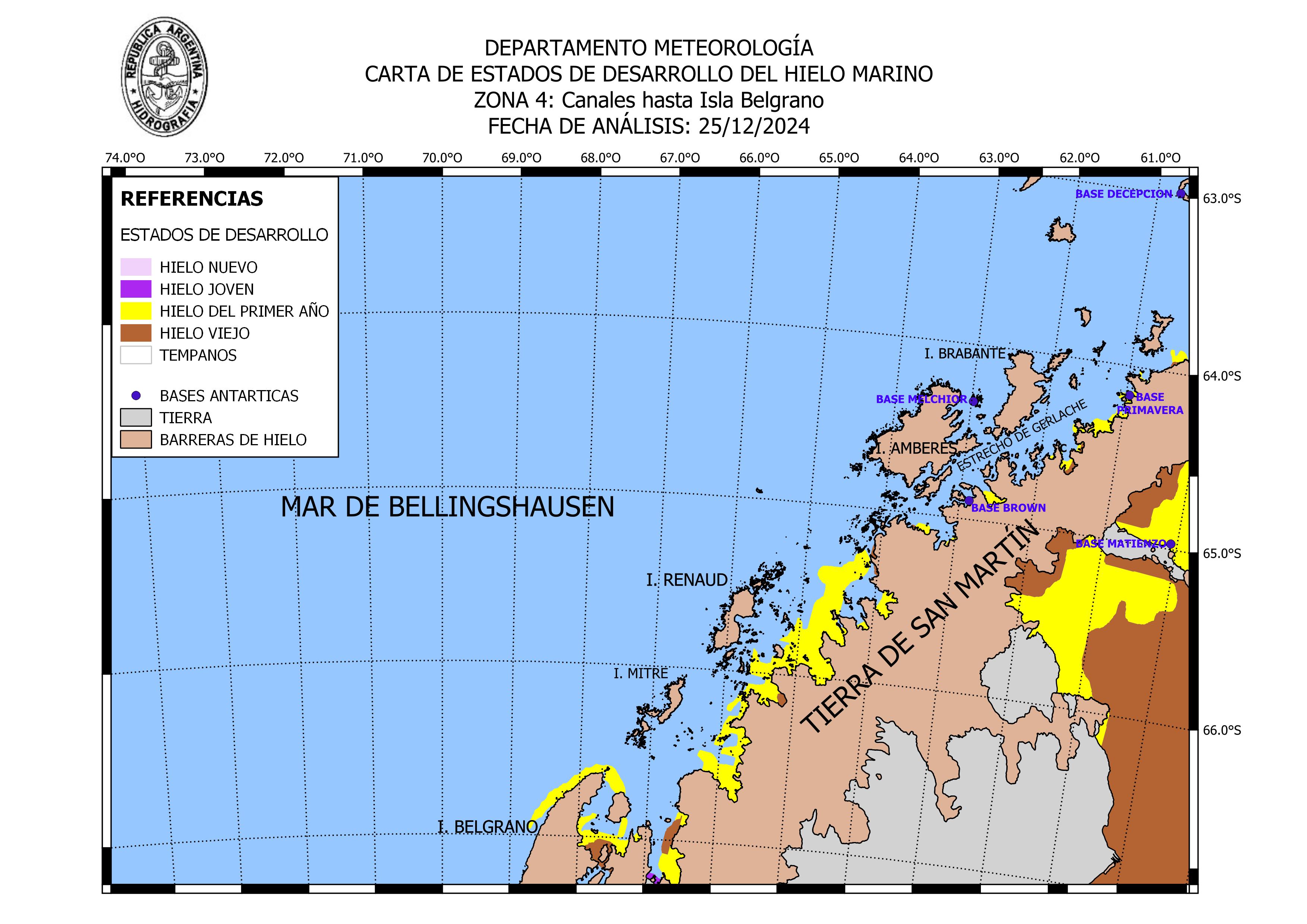
In the VFR case, a pilot will largely navigate using " dead reckoning" combined with visual observations (known as pilotage), with reference to appropriate maps. In the latter case, the pilot will navigate exclusively using instruments and radio navigation aids such as beacons, or as directed under radar control by air traffic control. The techniques used for navigation in the air will depend on whether the aircraft is flying under visual flight rules (VFR) or instrument flight rules (IFR). Therefore, constant awareness of position is critical for aircraft pilots. Additionally, collisions with obstructions are usually fatal.

There is no in-flight rescue for most aircraft. Aircraft are safety-limited by the amount of fuel they can carry a surface vehicle can usually get lost, run out of fuel, then simply await rescue. Aircraft normally cannot stop in mid-air to ascertain their position at leisure. Air navigation differs from the navigation of surface craft in several ways Aircraft travel at relatively high speeds, leaving less time to calculate their position en route. Successful air navigation involves piloting an aircraft from place to place without getting lost, not breaking the laws applying to aircraft, or endangering the safety of those on board or on the ground. The basic principles of air navigation are identical to general navigation, which includes the process of planning, recording, and controlling the movement of a craft from one place to another. Authority if any of the queries regarding this post or website fill the following contact form thank you.A relatively modern Boeing 737 Flight Management System (FMS) flight deck unit, which automates many air navigation tasks This tutorial is only for Educational and Learning purposes. If (test_implementations_by_sending_ten_elements())ĭisclaimer: The above Problem ( Variadic functions in C ) is generated by Hackerrank but the Solution is Provided by Chase2Learn. If (test_implementations_by_sending_five_elements()) If (test_implementations_by_sending_three_elements()) Int test_implementations_by_sending_ten_elements()įprintf(stderr, "Sending following ten elements:\n") Int test_implementations_by_sending_five_elements()Įlements = rand() % (MAX_ELEMENT - MIN_ELEMENT + 1) + MIN_ELEMENT įprintf(stderr, "Sending following five elements:\n") Return elements_sum = expected_elements_sum “Correct Answer” is printed corresponding to each correct execution of a test implementation.”Wrong Answer” is printed otherwise. It also prints the sum, minimum element and maximum element corresponding to your code. The error log prints the parameters which are passed to the test implementation.

#LOG DE NAVIGATION SUR AIR NAV PRO CODE#

Each test case tests the logic of your code by sending a test implementation of 3, 5 and 10 elements respectively.The first line of the input consists of an integer number_of_test_cases.The first argument passed to the variadic function is the count of the number of arguments, which is followed by the arguments themselves. In this problem, you will implement three variadic functions named sum(), min() and max() to calculate sums, minima, maxima of a variable number of arguments. The declaration of a variadic function starts with the declaration of at least one named variable, and uses an ellipsis as the last parameter, e.g.

In C programming, a variadic function will contribute to the flexibility of the program that you are developing. Variadic functions are functions which take a variable number of arguments.


 0 kommentar(er)
0 kommentar(er)
